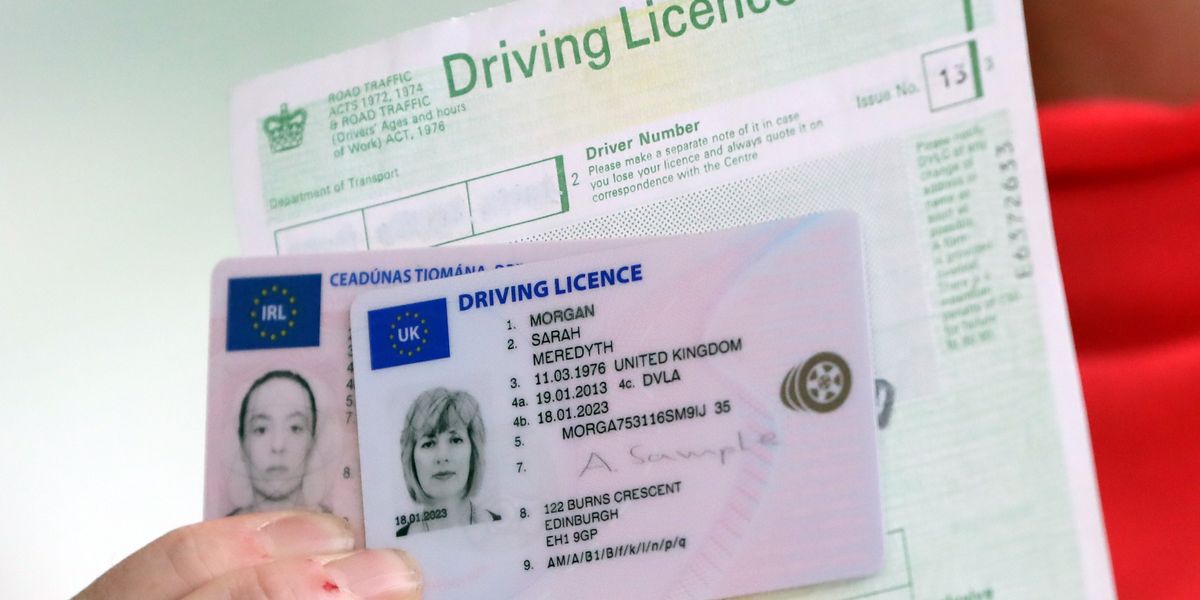Maintaining a youthful neck begins with early prevention, so experts recommend implementing proper skin care habits best incorporated at an early age.
When it comes to anti-ageing care, including neck care in daily routines is widely considered more beneficial than following facial treatments alone.
Doctor Viktoryia Kazlosukaya, told GB News that sunscreen is one of the major components needed to preserve neck skin quality, emphasising that early and consistent sun protection is crucial for maintaining skin beauty over time.
The foundation skin care step is considered essential before considering more advanced treatments later in life.
Adopting a neck care routine in one’s 30s may prevent sagging and wrinkling
GETTY
Once an individual enters their 30s, the skin care expert recommends enhancing their routine with targeted anti-ageing products.
Retinol becomes a top ingredient at this stage. This can be incorporated into regular neck maintenance routines.
Can crepey skin be reversed?
Medical experts acknowledge that crepey neck skin presents a particularly challenging treatment scenario.
A multi-faceted approach is typically recommended by practitioners, combining several professional treatments.
Hyaluronic fillers can be used to address deep lines in the fact, while skin care boosters can enhance overall skin quality.
Doctor Kazlosukaya recommended “biostimulatory injections like Sculptra and Radiesse, as well as IPL and lasers to improve texture”.
She added: “I also use a tightening device, the Sowavr, to plump the skin.”
The above treatments are often used in combination to achieve optimal results, the expert explained.
Wrinkles in the neck region can be caused by a loss of elasticity
GETTY
How to tackle vertical neck lines?
Vertical neck lines present a specific aging concern that requires targeted treatment approaches.
While there is no guaranteed method for preventing the lines from forming there are medical interventions available to address their appearance.
Botox injections, according to doctor Kazlosukaya, have been shown to relax the lines.
Even with these treatments, practitioners cautions that complete prevention remains uncertain.
The best approach is therefore to combine preventive measures with targeted treatments for optimal results.










